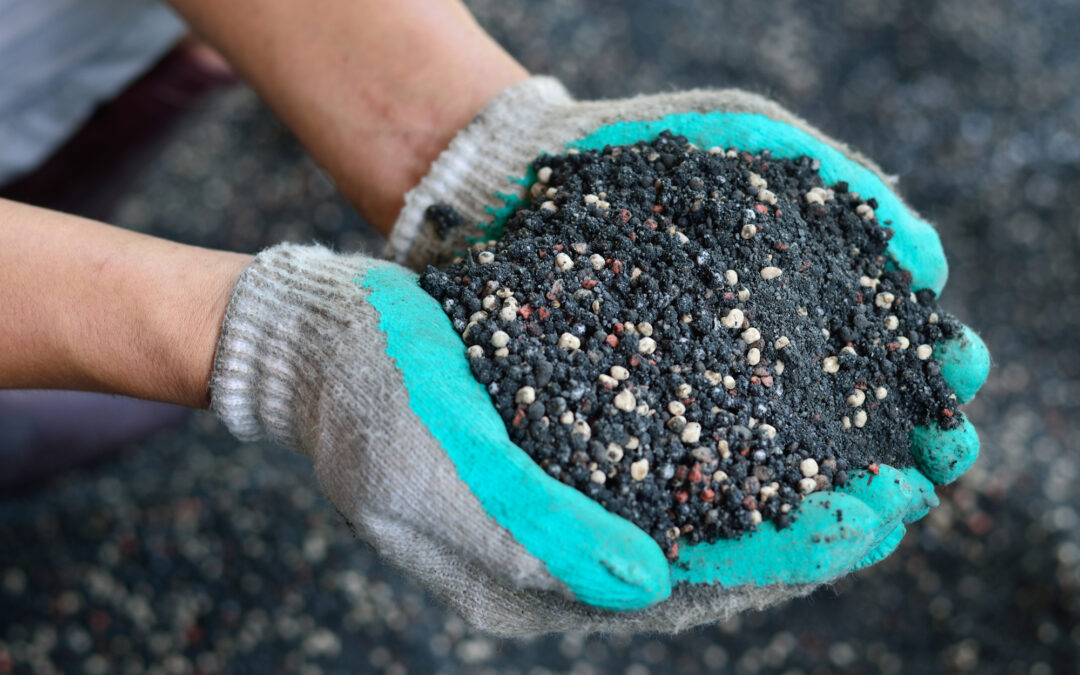If you have small shrubs in your landscaping, you may already place fertilizer on the topsoil around the base of the plant. But if you have any trees in your yard, you may want to contact a tree service to see if you need a deep root fertilizer.
Instead of placing the fertilizer on the topsoil, deep root fertilizers are placed underneath the soil to make it easier for tree roots to get their needed nutrients. Read on to learn more about this process and its benefits.
How Is Deep Root Fertilizer Applied?
Before a tree service places the fertilizer, they may conduct a soil analysis to determine the best timing for placement. This analysis will also help to determine the right balance of phosphorus, potassium, nitrogen, and other nutrients that should go into the fertilizer.
Colorado is a very arid climate with alkaline soil and reduced air/soil temperatures due to the altitude, so it can be harder to maintain your trees if you don’t use enough fertilizer. But excess fertilizer isn’t the answer either, as too much can actually kill plants and lead to harmful runoff in streams and lakes.
In short, you need to have a soil analysis conducted and have the fertilizer placed by a professional service so that you aren’t over- or under-fertilizing your trees.
Once the soil analysis is complete, the tree service can bring the proper fertilizer mix as well as a fertilizer injector pump and hose. The service may place hoses into the ground to reach the tree’s feeder roots and then inject the fertilizer. To make sure that the entire root system receives nutrients, the service may divide the soil into a grid pattern underneath the tree canopy.
Why Is Deep Root Fertilization Necessary?
There are a number of reasons why deep root fertilizers are needed for residential trees. First, when superficial fertilizers are applied to topsoil, they are mixed into the soil through irrigation or rainfall. If there are drought conditions, the fertilizer might not penetrate the soil enough to get to the root system.
If you have tree species that aren’t native to Colorado, then it may be even more important to place deep root fertilizer. Non-native trees on residential properties may have different soil conditions in the wild, so it’s important to supplement their nutrition to emulate those natural conditions.
Another issue that residential trees face is soil compaction. Due to the construction of homes and paved areas, the soil around the tree can become so compacted that it interferes with drainage and the movement of nutrients. With deep root fertilization, you correct this problem since nutrients are delivered directly to the tree’s root system.
And since deep root fertilization pokes holes in the ground with the injection system, this also has the additional benefit of aerating and breaking up the soil.
Lastly, deep root fertilizer improves the longevity of your trees; the fertilizer should improve your trees’ hardiness and growth rate. Your trees will have the proper nutrients to resist damage from diseases and pests.
When Does a Tree Need Deep Root Fertilizer?
If your trees are healthy with your current methods, then you may not need to change over to a deep root fertilizer. However, trees that have the following may benefit from deep root fertilizer:
- thinning branches
- reduced foliage, blooms, and/or fruit
- dead spots on leaves
- yellow leaves
- leaves that are smaller than usual for that species
Depending on your tree’s needs, the tree service may recommend an application once a year or a few times a year. Again, it really depends on the tree species and its current health conditions.
When Should Deep Root Fertilizer Be Placed?
You should avoid using fertilizers in hot weather since that can cause fertilizer salts to become more concentrated in the soil, leading to root damage. While root fertilizers can be applied in the spring and summer months during mild days, they are usually applied in the early fall after the tree has been trimmed.
After the tree has been pruned, the fertilizer will have a chance to stimulate new growth. The benefit of fertilizing in the fall is that it bolsters your trees’ defenses for harsh winter months and develops a nutrient reserve during a time when the tree’s growth is dormant.
If you are a little late for deep root fertilizer in the fall, you may be able to fertilize your trees in the winter before snowfall. One benefit of fertilizing deciduous trees in the wintertime is that you can avoid the risk of leaf burn.
Leaf burn can be caused by several issues, such as nutrient deficiency or soil compaction. But since deciduous trees drop their leaves during the wintertime, the plant will stop wasting nutrients on leaves and instead store up nutrients in the roots. To learn more about deep root fertilization, reach out to us at Schulhoff Tree & Lawn Care, Inc. today.

